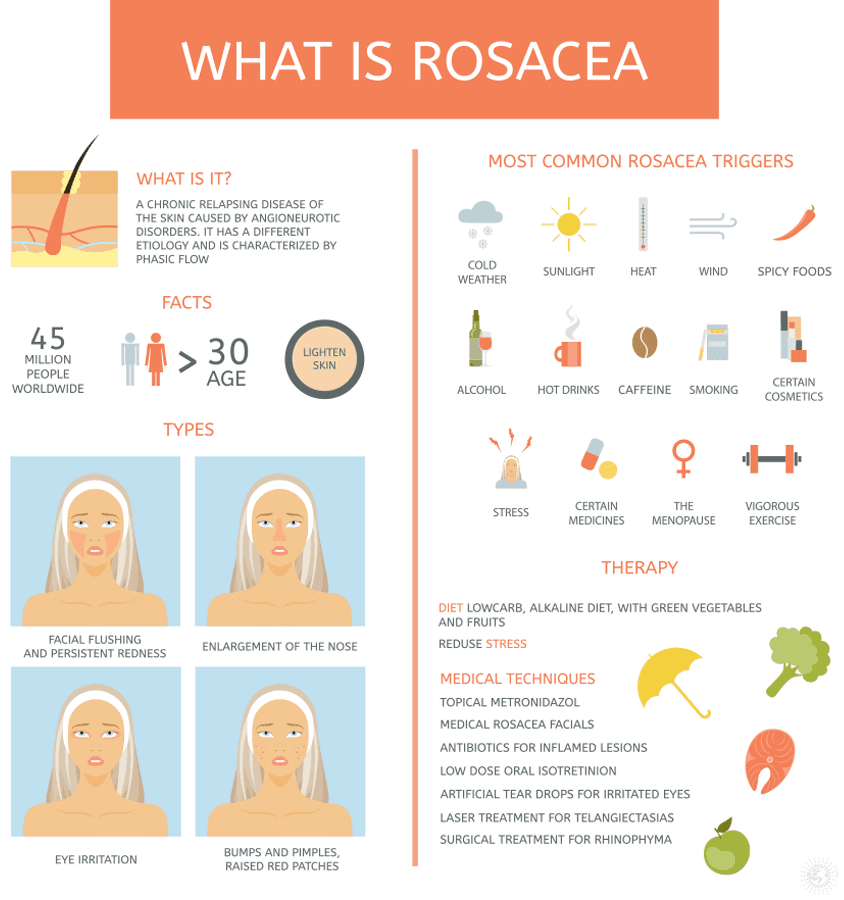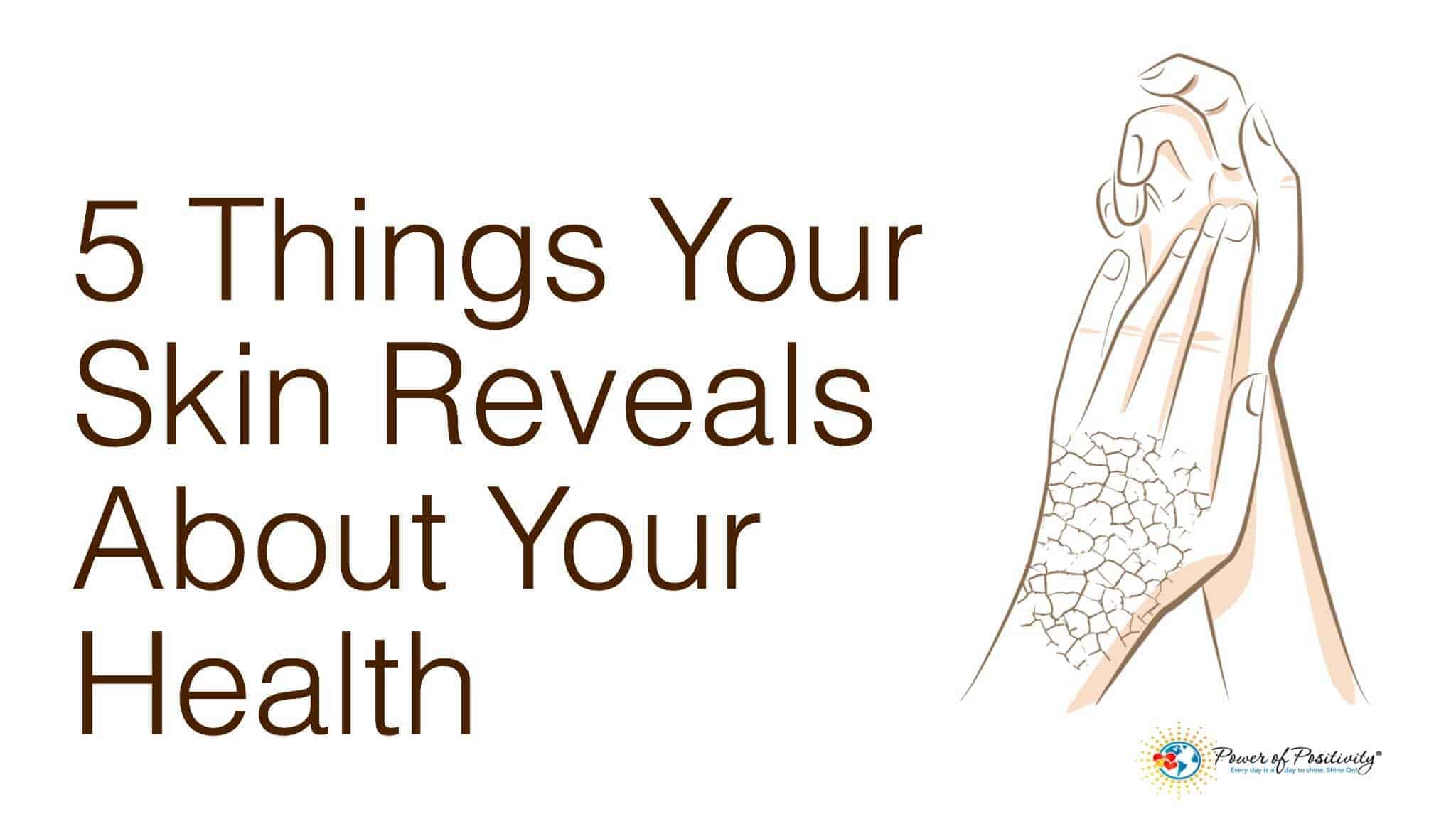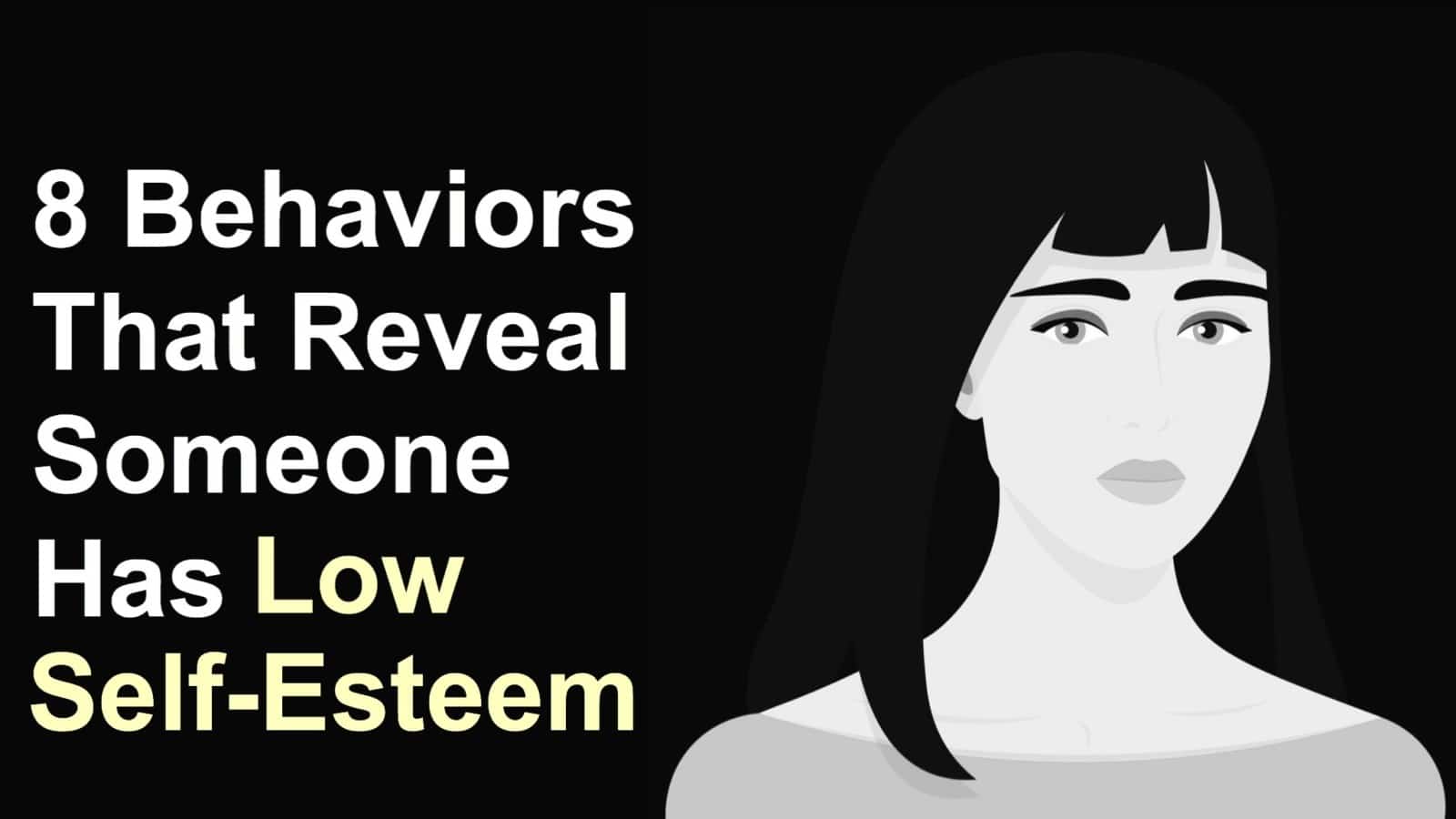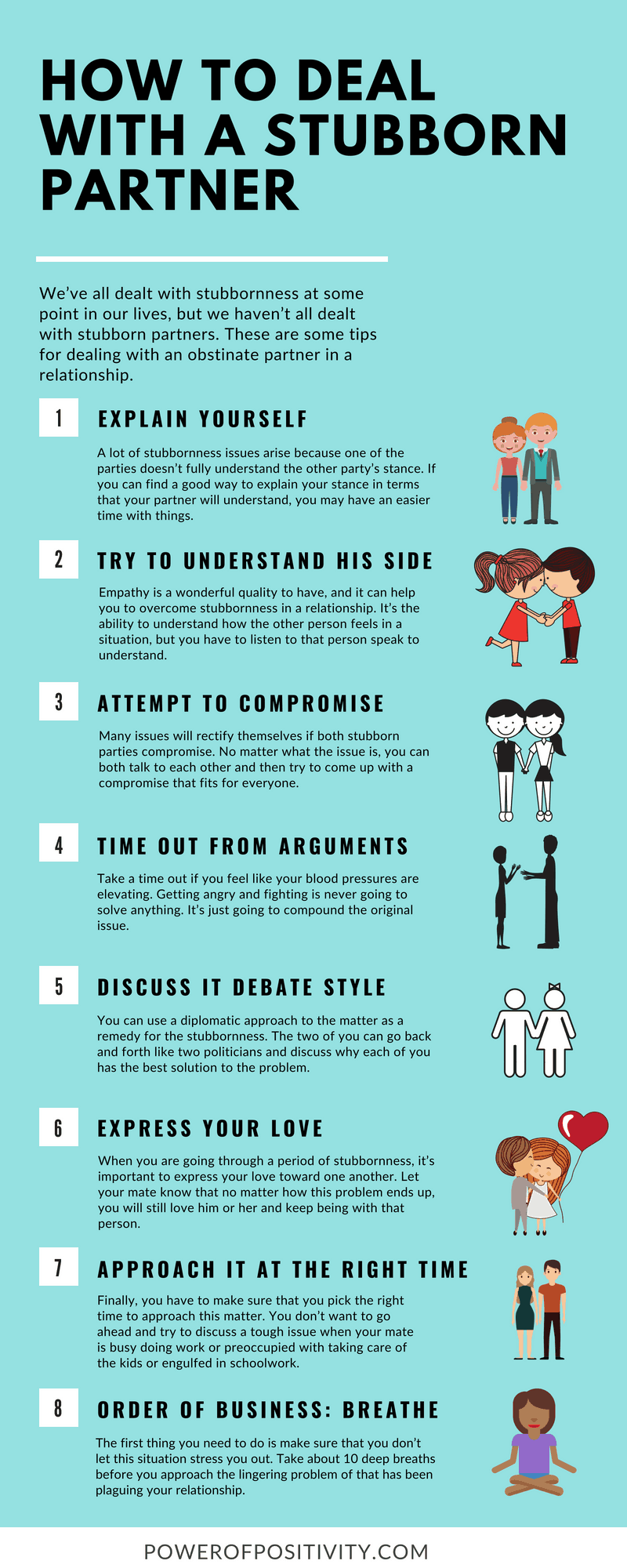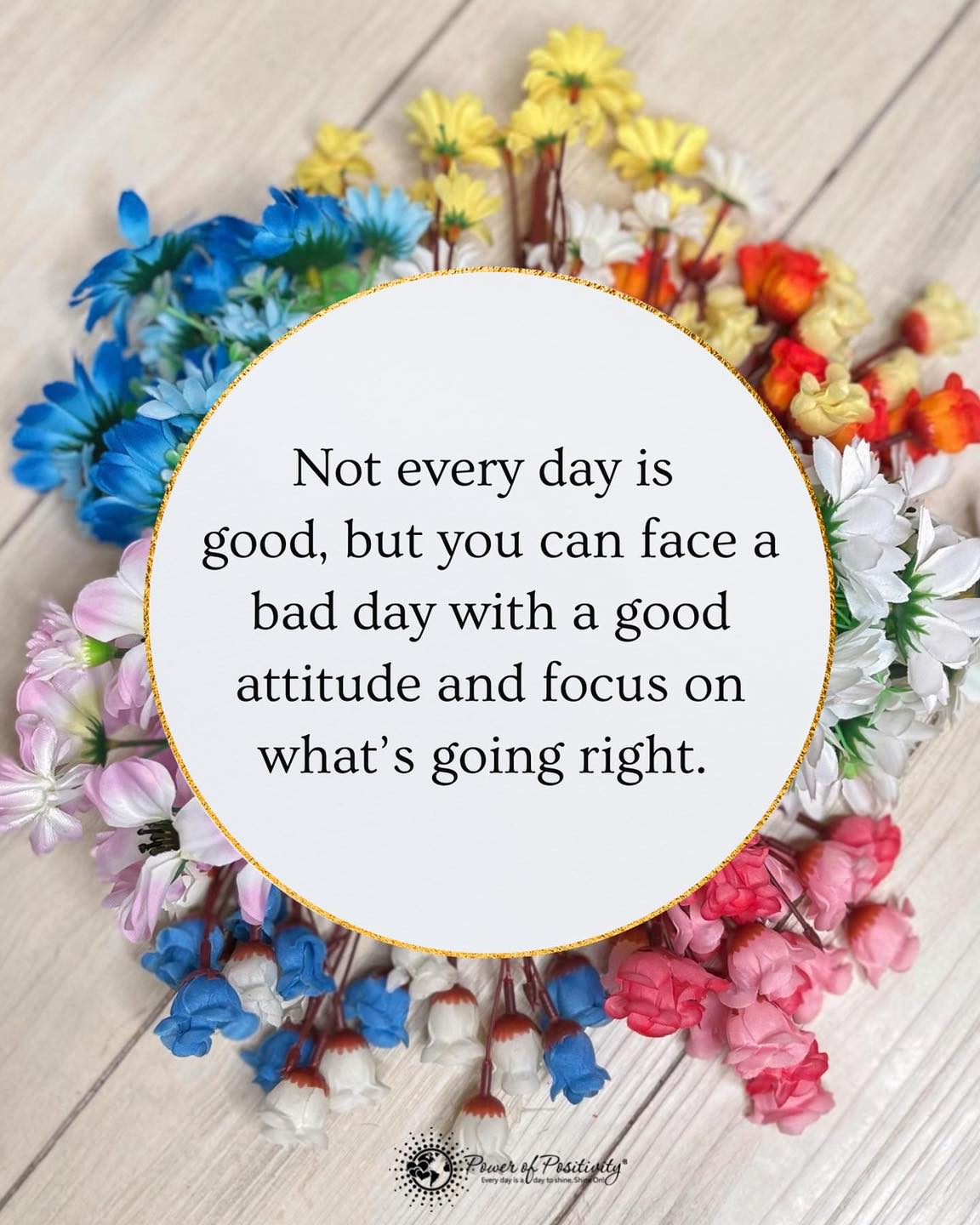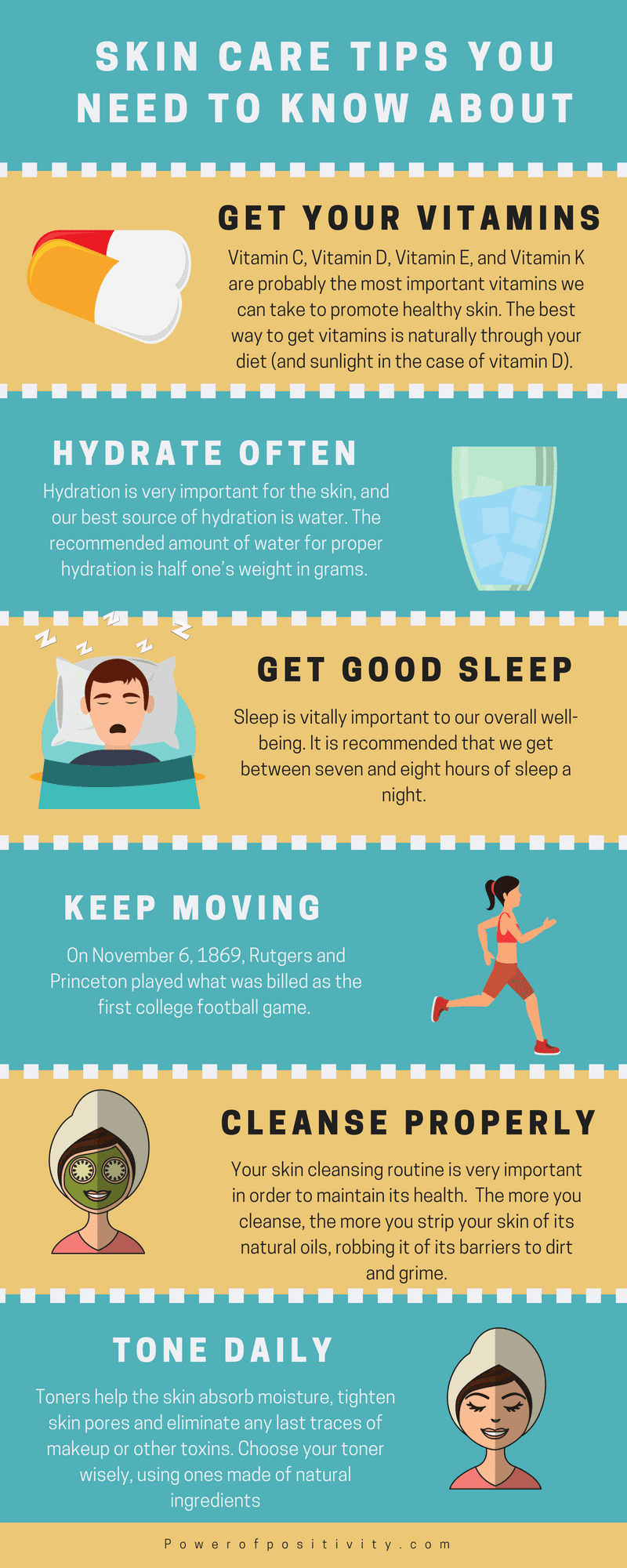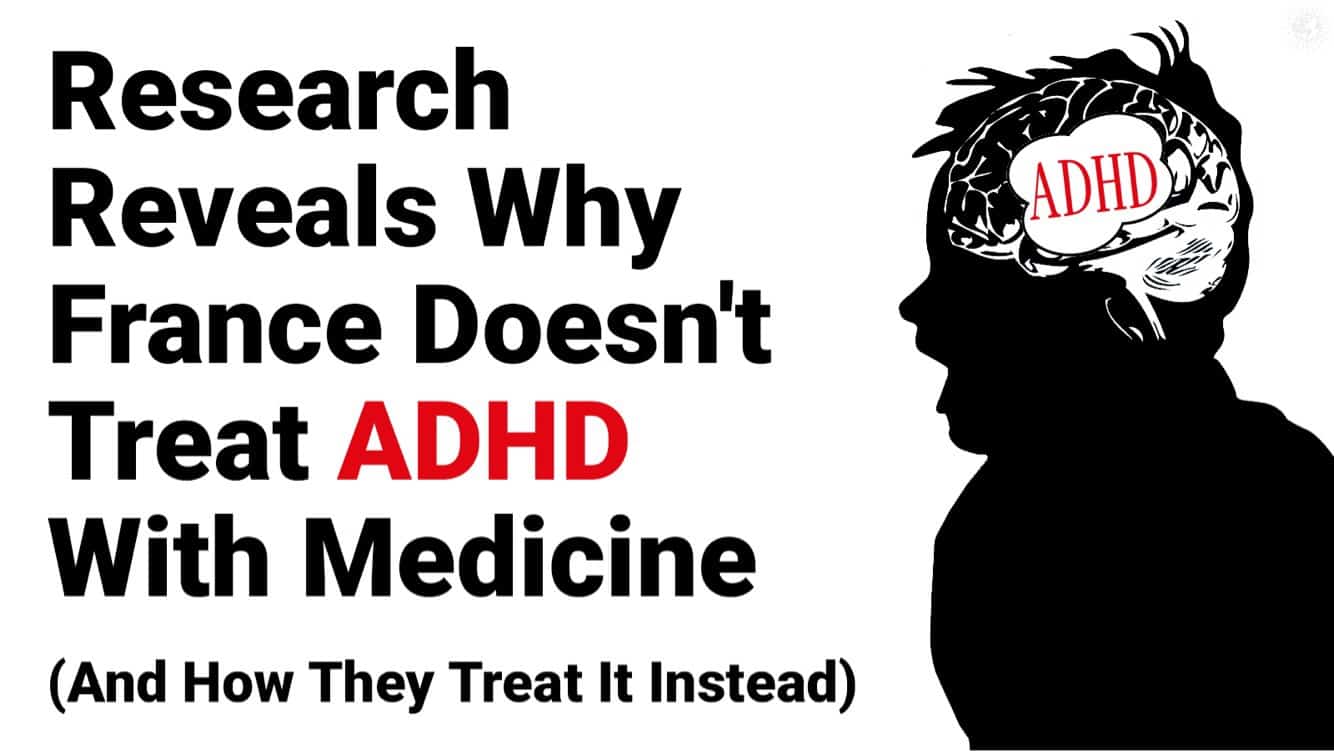Happy couples that stay together for the long-haul work hard to make their relationship last. There’s no “magic bullet” to a lasting relationship, but there are secrets that every couple should know. Every couple that stays together has adopted these secrets and, over time, has developed them into habits. Relationship experts can back it up: these habits will keep any relationship healthy and strong for years to come.
Here Are 12 Secret Habits of Happy Couples
1. Spend time together
Obviously, you want to spend time with your partner; however, it’s not always possible. Couples who stay together know that it is all about making the time. Even if it is just a phone call over lunch or an hour at the end of the day, make together-time happen. Couples who stay together make an effort to listen to one another and share their feelings.
2. Turn off social media
As fun as it can be to show off your relationship on the internet, it’s important to know when enough is enough. Sometimes take that extra step to put down the phone, unplug your computer, and spend quality time with your partner. Keeping some things to yourself about your relationship is key to keeping one another happy and emotionally healthy.
3. Go with the flow
You know that relationships are going to have their ups and downs. Not every relationship is going to be exactly the same, and you’re going to experience different hardships in each one. Couples who stay happy together understand the importance of going with the changing flow of any relationship. You can’t move forward if you keep standing still.
4. Teach one another
There’s so much we can learn from the people around us. We should not see intimate relationships any differently. Learning from and teaching one another is one of the habits that happy couples must learn. Don’t be afraid to admit your shortcomings – and don’t be afraid to allow your partner to show you the way! Relationships are about growth, and sometimes we have to grow together.
5. Talk it out
Happiness doesn’t come from sweeping your problems under the rug and hoping they go away. Happy couples that stay together learn how to talk through their issues. They don’t let things fester. They bring up disagreements, talk about them, and come to a compromise or agreement.
6. They show affection
Sex is good, but affection is also an important part of relationships. Holding hands, hugging, kissing, and cuddling are all important aspects of affection, yet this intimacy can sometimes get overlooked. Reminding your partner of your love is one vital benefit of regular affection.
7. Stay intimate
Of course, intimacy (both physical and emotional) is also a key to a long-lasting, happy relationship. Couples who keep intimacy a regular part of their relationship are much more likely to stay together. According to a research study, intimacy is important to happy relationships because it promotes a stronger connection between two people.
8. Show appreciation
When relationships last for a while, we can start to take our partner for granted, even if we don’t mean to. In fact, can you remember the last time you thanked your partner for preparing dinner or doing the dishes? What about taking out the garbage or filling the gas tank? It’s important to show appreciation, and happy couples make a habit of saying thank you.
9. Learn to forgive
According to Mark Goulston, M.D., happy couples know that trusting and forgiving one another is the way to go. When arguments arise, or when your partner does something unintentionally hurtful, it’s important to trust them and forgive them. Next, discuss together how to move forward from that point. Happy couples practice forgiveness rather than hold grudges.
10. Check-in
Goulston also suggests that happy couples check in on each other throughout the day. Sometimes, things can happen during our day that can completely tank our moods. Couples who keep one another in mind and give a text or call to “check in” are likely to stay happy and build a long-lasting connection. Show your partner that you care and that you’re thinking of them.
11. Learn how to argue
There is a right way and a wrong way to argue with your partner. Arguments happen, but your partner isn’t your enemy. Happy couples learn how to argue without seeing their partner as someone they have to win against. Rather, they look for a positive solution to end the disagreement.
12. Say “I love you” every day
Happy couples always remind one another that they care and that they love each other. Saying “I love you” every day will help form stronger connections between you and your partner. Happy couples that stay together tell one another “I love you” every morning and every night – and throughout the day when they can.
Final thoughts
“I think for any relationship to be successful, there needs to be loving communication, appreciation, and understanding.” – Miranda Kerr
Happy, long-lasting relationships can happen for anyone. You just need to know how to work out the problems that come with relationships. These habits are a great starting point to building a long and happy relationship.


